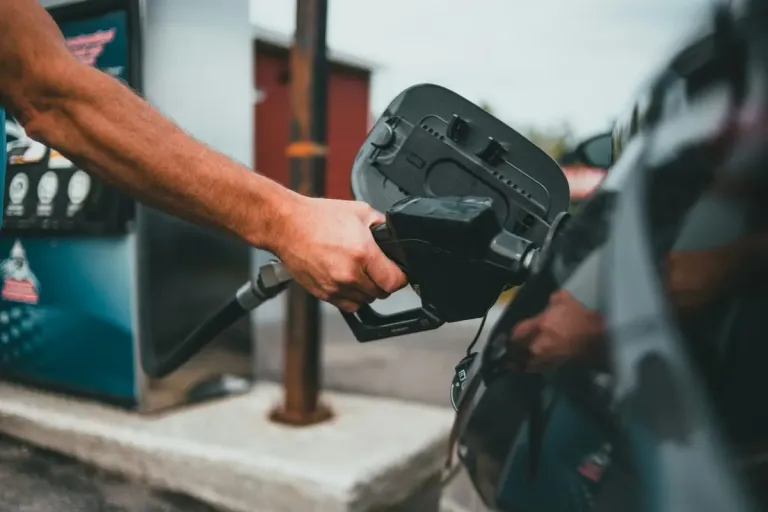The National Energy Secretariat of Panama has announced new fuel prices, effective from October 17 to October 30, 2025. This bi-weekly adjustment brings welcome relief to drivers across the country, with decreases across all major fuel types, including 95 and 91 octane gasoline and low-sulfur diesel. Understanding these precios is crucial for budgeting, especially for expats and residents navigating the cost of living in Panamá. This guide breaks down the latest changes, explains how Panama’s fuel pricing system works, and offers practical tips for managing your transportation costs.
Breaking Down the New Panama Fuel Prices
The newly announced prices reflect a direct pass-through of lower international fuel costs. Here is a detailed look at the changes per liter for the period covering mid to late octubre 2025:
95 Octane Gasoline
This premium gasoline has seen the most significant drop. The price has decreased from B/.0.914 to B/.0.885 per liter. This reduction of B/.0.029 means savings for drivers who use this higher-octane fuel.
91 Octane Gasoline
The standard gasoline, 91 octane, has also become cheaper. The price has been adjusted from B/.0.864 to B/.0.848 per liter, resulting in a B/.0.016 decrease per liter.
Low-Sulfur Diesel
Essential for transportation and industry, low-sulfur diesel now costs B/.0.816 per liter, down from B/.0.840. This B/.0.024 reduction is positive news for commercial transport and private diesel vehicle owners.
How Are Fuel Prices Determined in Panama?
Unlike some countries where prices are stable for months, Panama employs a transparent, market-linked system. The government does not subsidize fuel; instead, prices are adjusted every 14 days based on international market fluctuations.
The key factor is the average price of finished petroleum products—like gasoline and diesel—as quoted on the U.S. Gulf Coast, which is Panama’s primary supplier region. When prices rise or fall on the international market, those changes are directly reflected at the pump in Panama within the next pricing period. This system is designed to be fair and reflect the true cost of fuel imports.
Frequently Asked Questions About Panama’s Fuel Market
Why do fuel prices change so often in Panama?
Panama uses a bi-weekly price regulation system to closely mirror international crude oil and refined product prices. This prevents large, sudden price shocks and allows for gradual adjustments up and down. The international oil market is highly volatile, influenced by factors like:
- Geopolitical Events: Conflicts in oil-producing regions can disrupt supply.
- OPEC+ Decisions: Production quotas set by major oil-exporting countries directly impact global supply.
- Global Demand: Economic booms in large economies like China and the U.S. can drive up demand and prices.
- Refinery Capacity: Seasonal maintenance and unexpected outages can affect the supply of finished gasoline and diesel.
What is the difference between 91 and 95 octane gasoline?
Octane rating measures a fuel’s ability to resist “knocking” or “pinging” during combustion. Higher octane fuel is more stable under pressure.
- 91 Octane: This is the standard fuel suitable for most common vehicles. Check your owner’s manual for the manufacturer’s recommendation.
- 95 Octane: This premium fuel is typically required or recommended for high-performance engines, turbocharged vehicles, and some luxury cars to prevent engine knocking and maintain optimal performance.
Using a higher octane than recommended generally offers no benefit and is an unnecessary expense. For authoritative information on fuel types, you can refer to resources like the U.S. Energy Information Administration’s explanation of octane ratings.
How do Panama’s fuel prices compare to other countries?
Panama’s fuel prices are generally competitive within the Central American region. According to global price tracking websites, Panama often has lower prices than neighboring Costa Rica but can be slightly higher or lower than Colombia, depending on global market trends and local tax structures. It’s important to note that many European nations have significantly higher fuel prices due to heavy taxation.
Practical Tips for Managing Fuel Costs in Panama
While you can’t control the bi-weekly price adjustments, you can adopt habits to maximize your fuel efficiency and save money.
- Plan Your Trips: Combine errands to avoid multiple short trips from a cold start, which consumes more fuel.
- Maintain Your Vehicle: Simple maintenance like keeping tires properly inflated, using the correct motor oil, and replacing air filters can improve your gas mileage by several percent.
- Drive Efficiently: Avoid aggressive driving habits like rapid acceleration and hard braking. Using cruise control on highways can also help maintain a consistent, fuel-efficient speed.
- Monitor Your Fuel Usage: Keep a log or use an app to track your fuel consumption. A sudden drop in mileage could indicate a mechanical problem that needs attention.
For more detailed data on energy markets and pricing mechanisms that influence Panama’s costs, you can explore reports from the International Energy Agency (IEA).
Looking Ahead: The Future of Fuel in Panama
The recent price drop is a positive short-term development for consumers. However, the long-term trend in fossil fuel prices remains uncertain. Panama, like many nations, is also exploring alternatives. There is a growing interest and investment in electric vehicles (EVs) and hybrid technology, which could reduce the country’s long-term dependence on imported petroleum products and provide more price stability for drivers.
Staying informed about these bi-weekly price announcements is the best way to manage your transportation budget. By understanding the system and adopting fuel-efficient habits, you can navigate the fluctuations in Panama’s fuel market with greater confidence.



